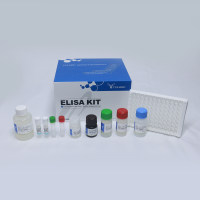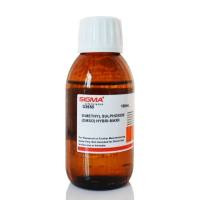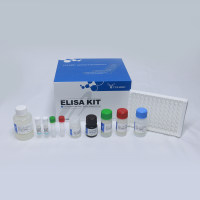In vivo angiogenesis assays provide more physiologically relevant information about tumor vascularization than in vitro studies because they take the complex interactions among cancer cells, endothelial cells, mural cells, and tumor stroma into consideration. Traditional microscopic assessment of vascular density conducted by immunostaining of tissue sections or by lectin angiogram visualization of tumor vessels is invasive and requires the sacrifice of tumor-bearing animals. Therefore, it prohibits longitudinal time-course observation in a single animal and requires a large number of animals at each time point to derive statistically-meaningful observations. Additionally, heterogenous behavior among different tumors will inevitably introduce individual biological variance that may obscure reliable interpretation of the results. While various artificial in vivo angiogenesis assays, such as the Matrigel implant assay, chick chorioallatoic membrane assay, and dorsal skin fold chamber assay have been developed and employed to more directly observe the progression of physiological angiogenesis, they can not appropriately assess tumor angiogenic progression or tumor vascular regression in response to therapeutic intervention. Here, we describe a noninvasive method and a detailed protocol that we have developed and optimized using the Olympus OV-100 in vivo imaging system for real-time high-resolution visualization and assessment of tumor angiogenesis and vascular response to anticancer therapies in live animals. We show that using this approach, tumor vessels can be monitored longitudinally through the whole vasculogenesis and angiogenesis process in the same mouse. Further, morphologic changes of the same vessel prior to and after drug treatments can be captured with microscopic high resolution. Moreover, the multichannel co-imaging capability of the OV-100 allows us to analyze and compare tumor vessel permeability before and after antiangiogenesis therapy by employing a near-infrared blood pool reagent, or by visualizing improved cytotoxic drug delivery upon tumor vessel normalization by using a fluorophore tagged drug. This noninvasive method can be readily applied to orthotopically transplanted breast cancer models as well as to subcutaneously-transplanted tumor models.






